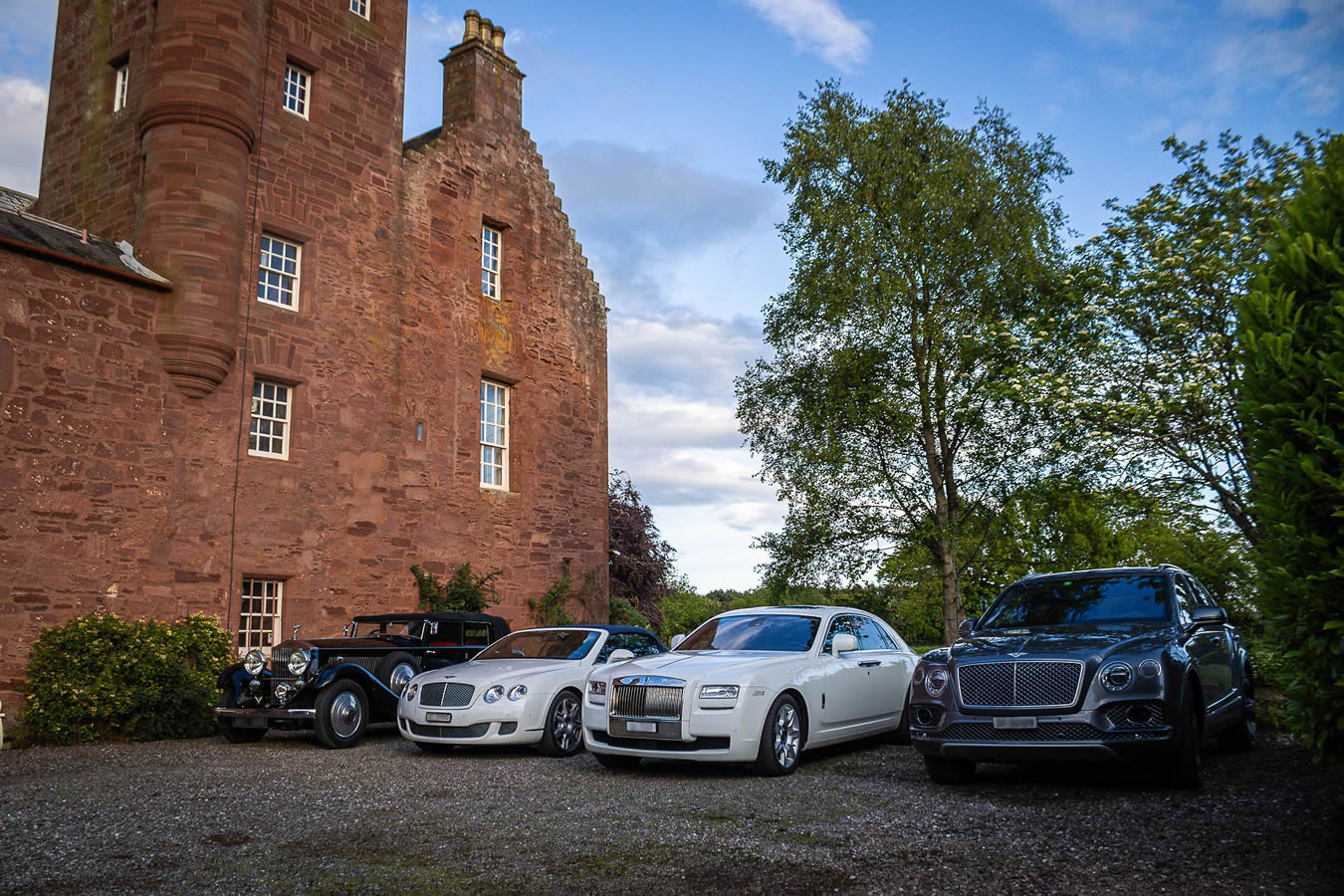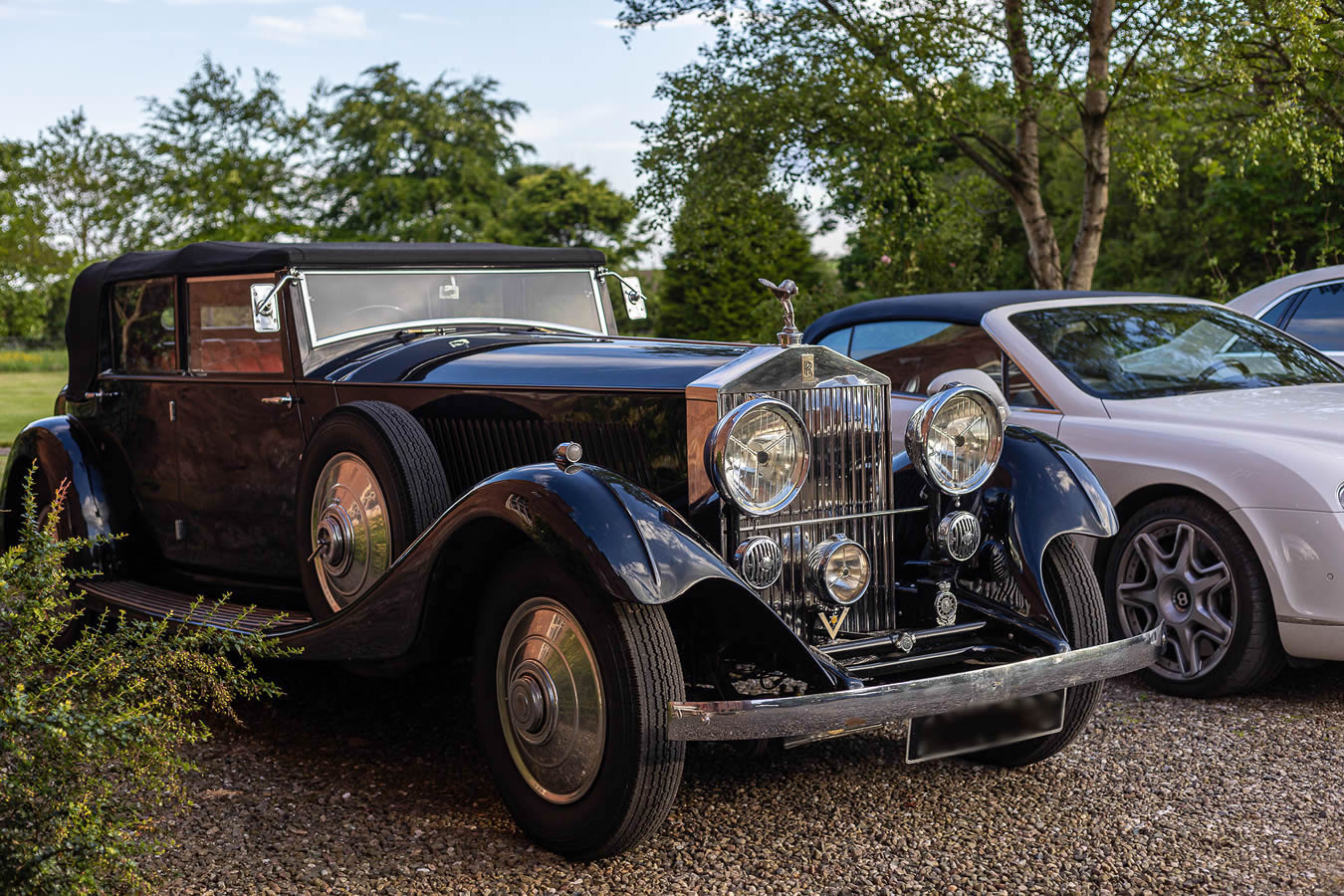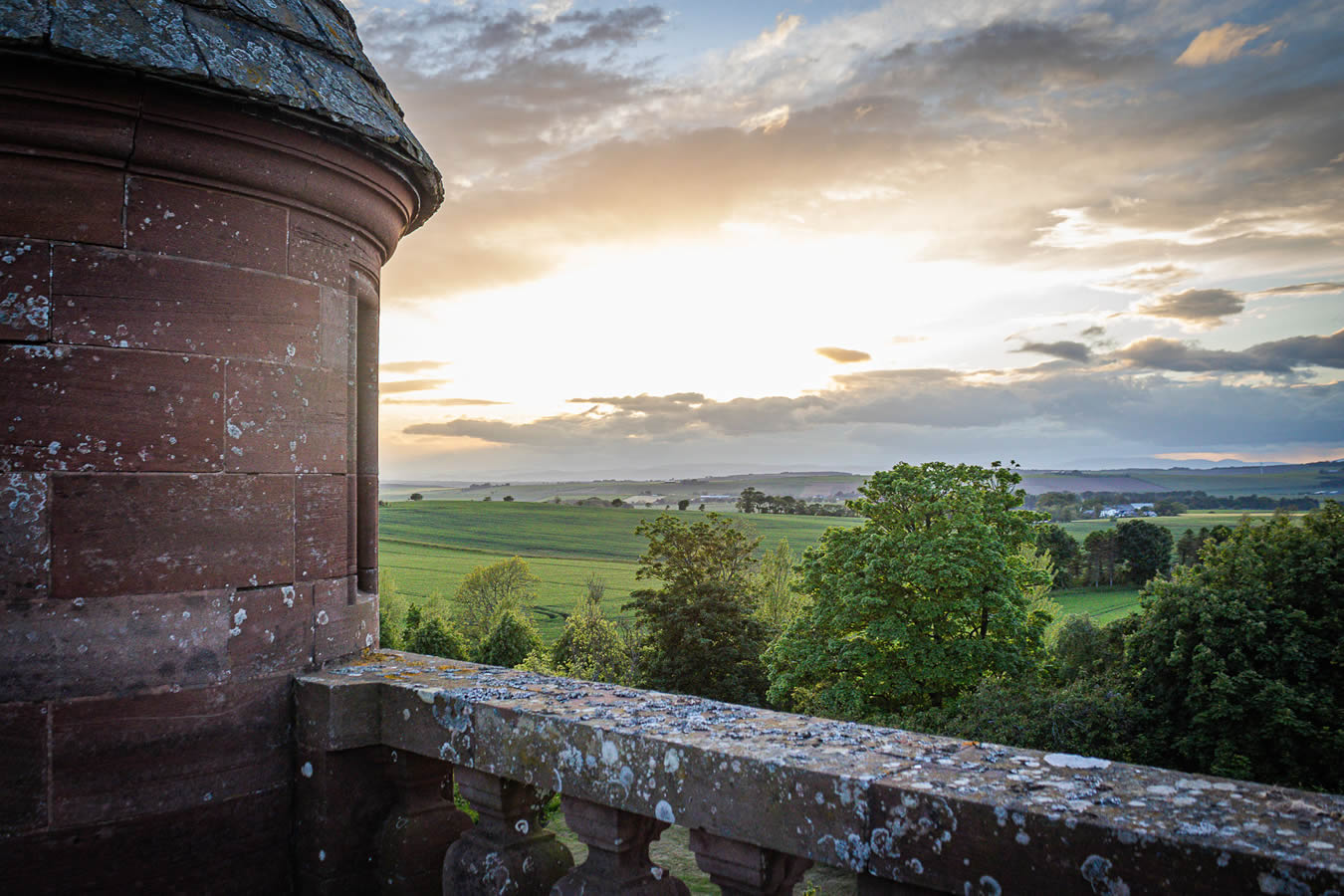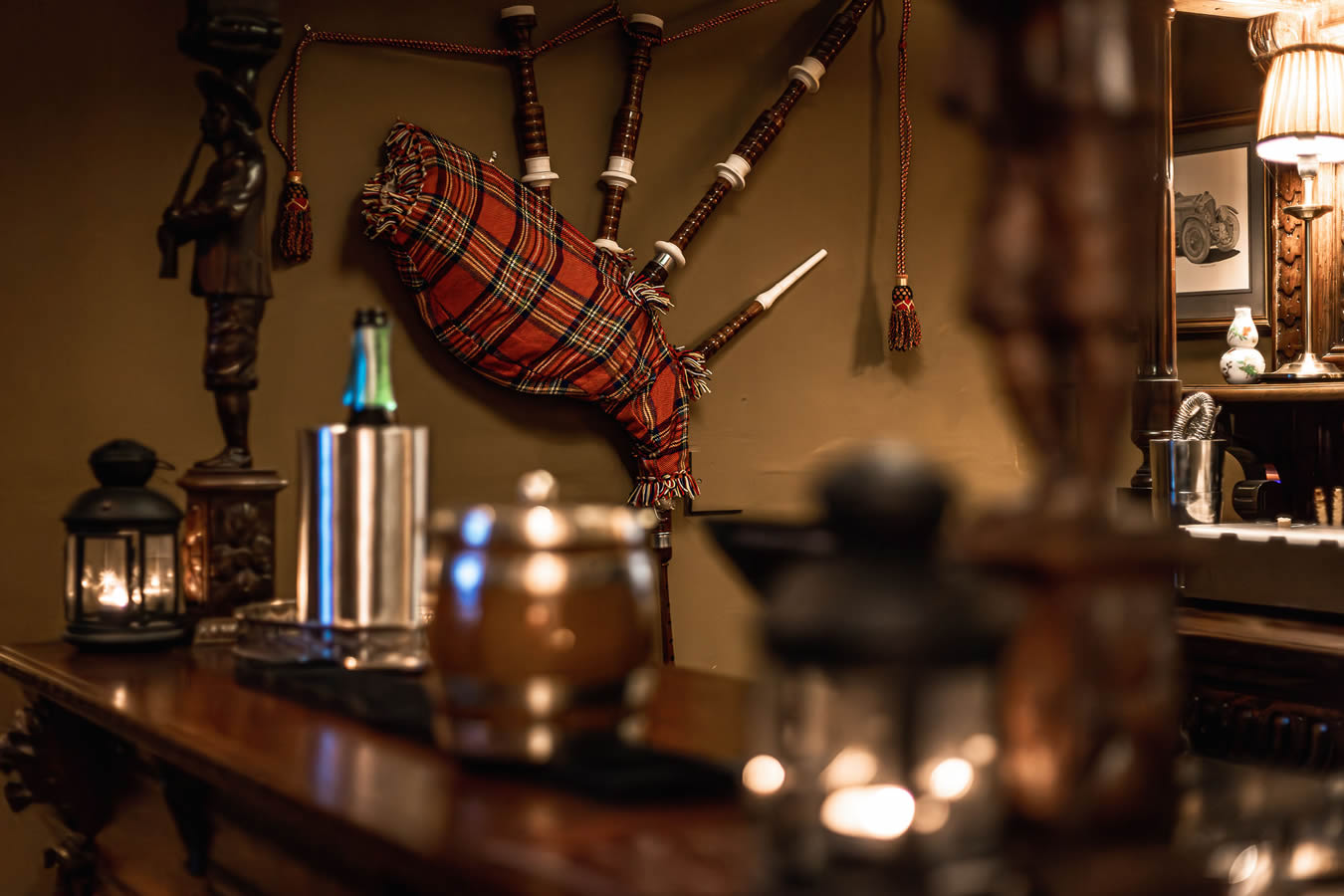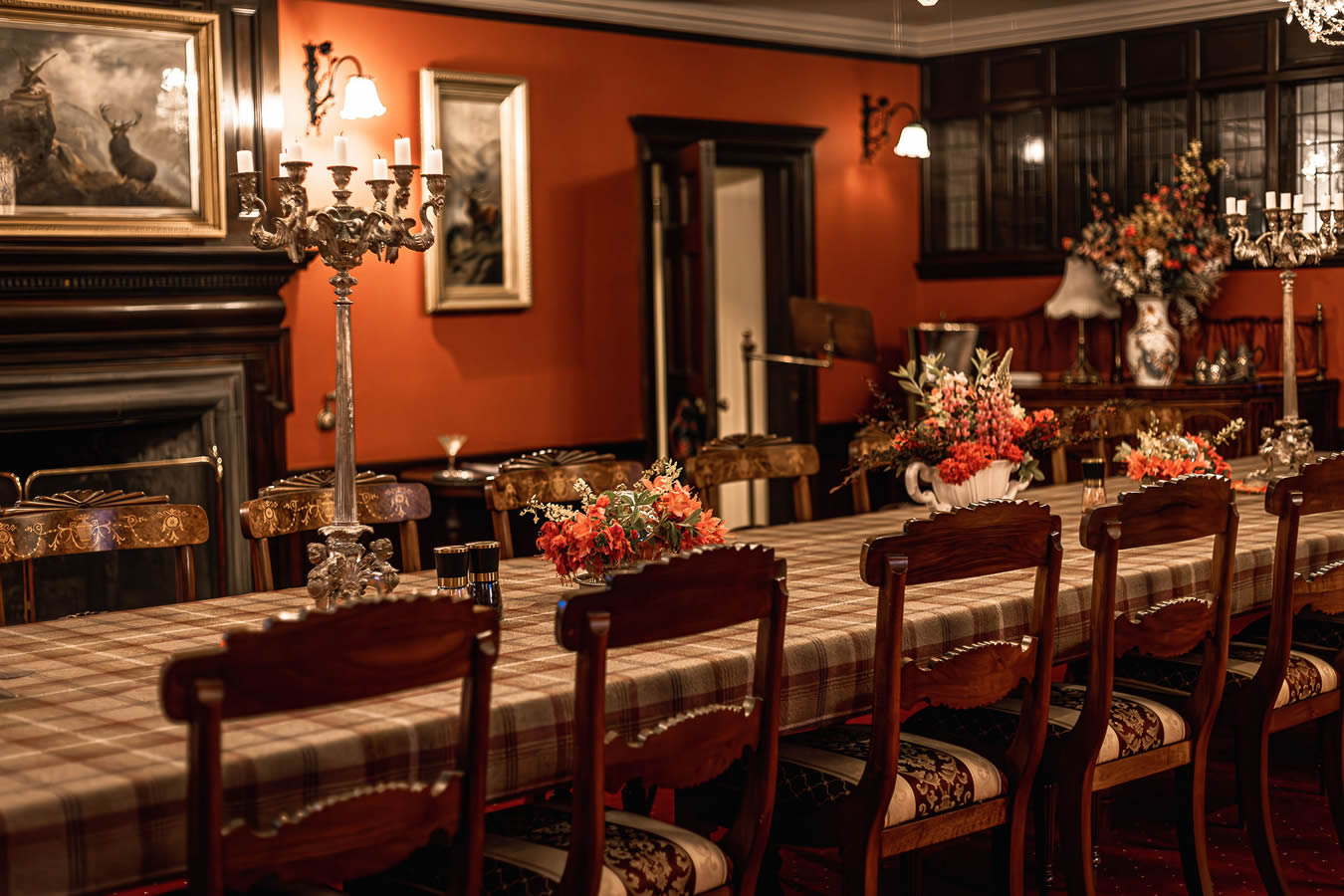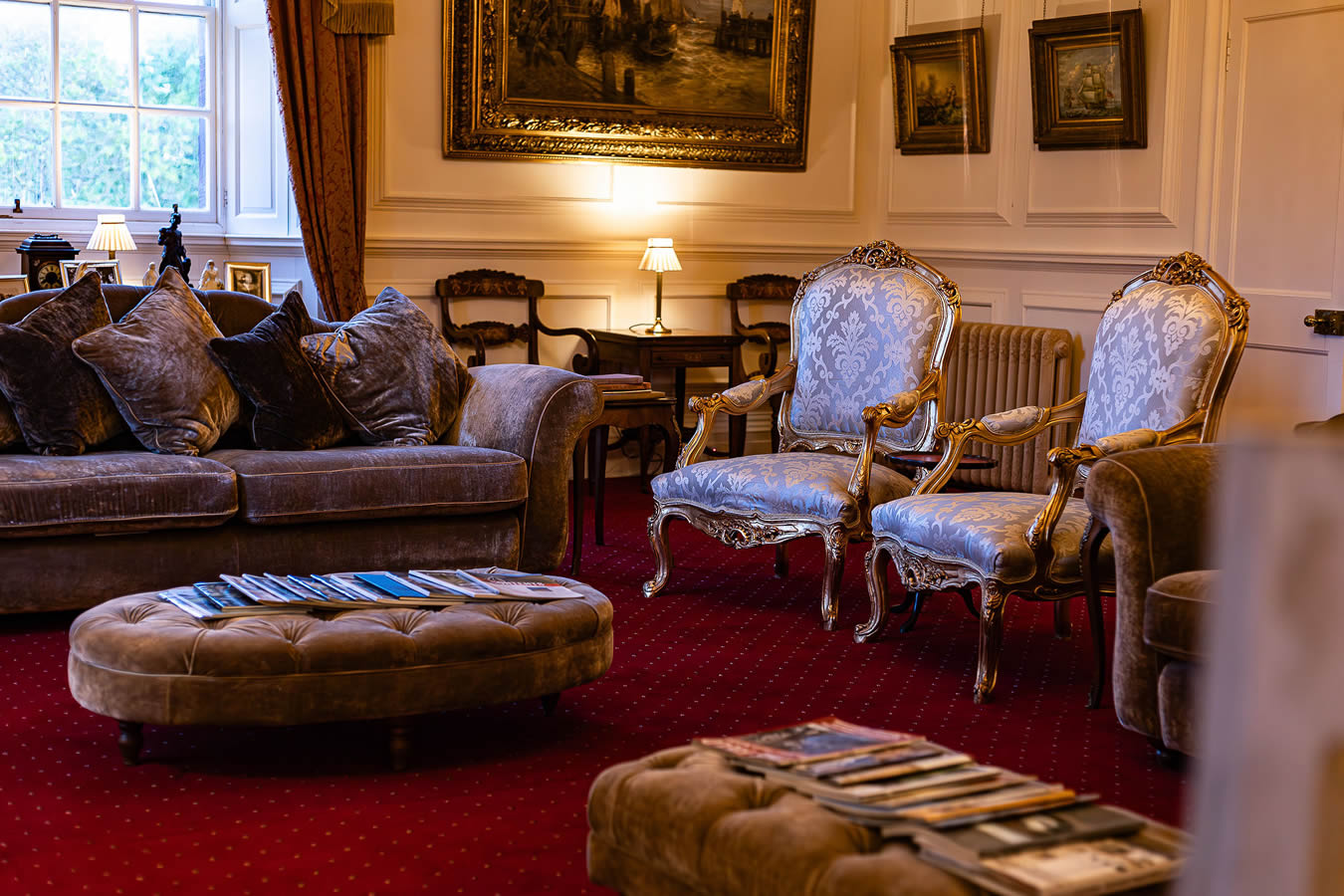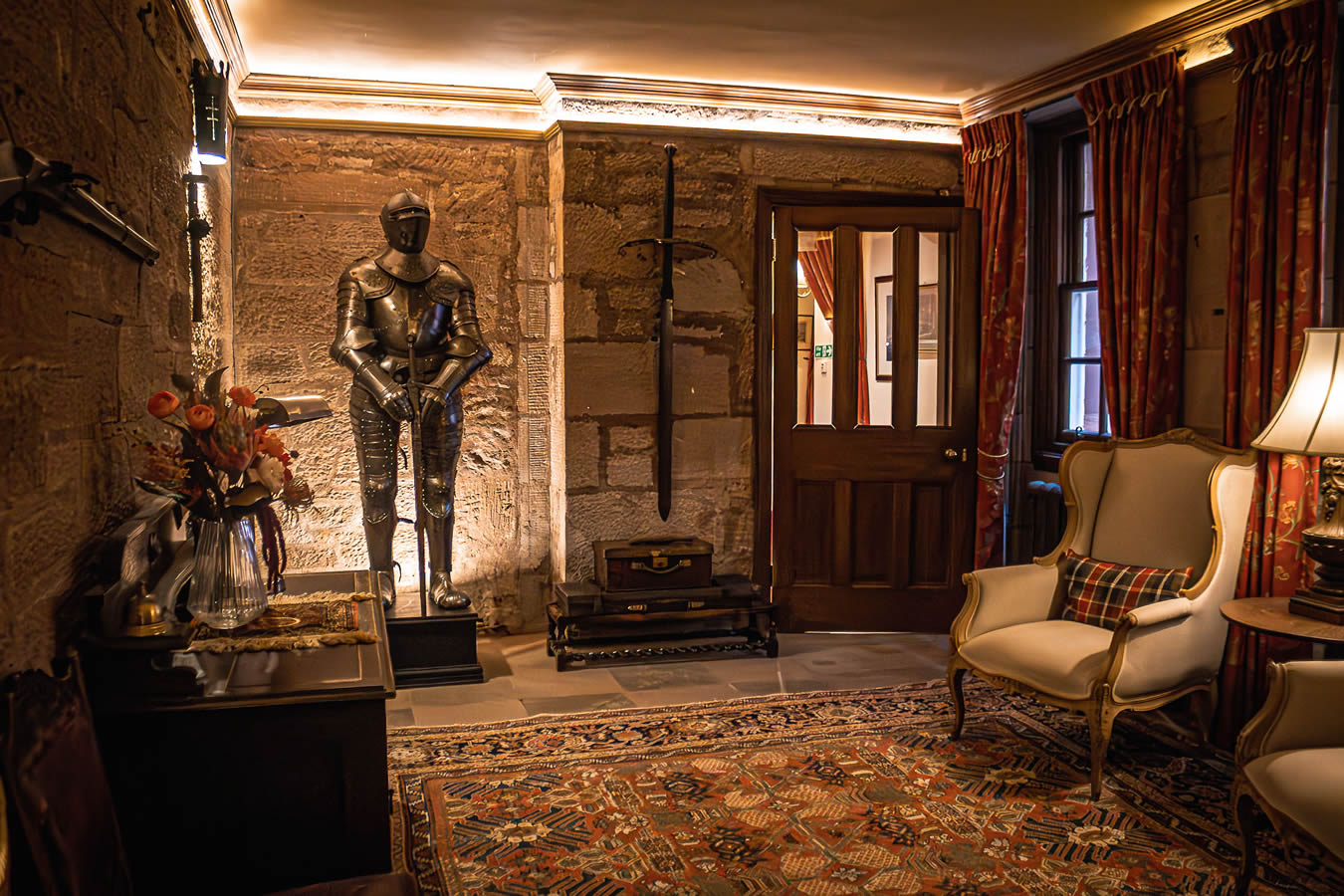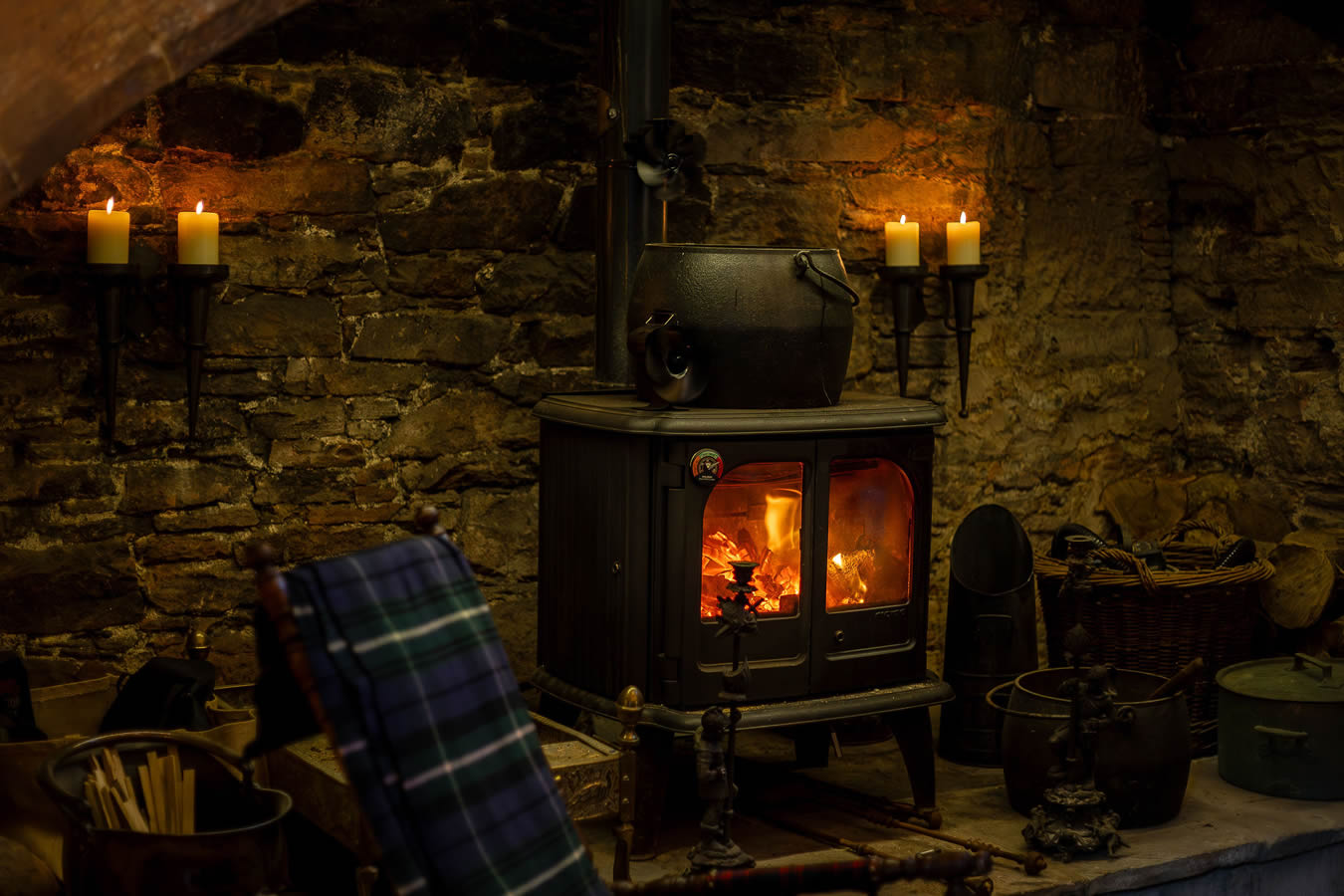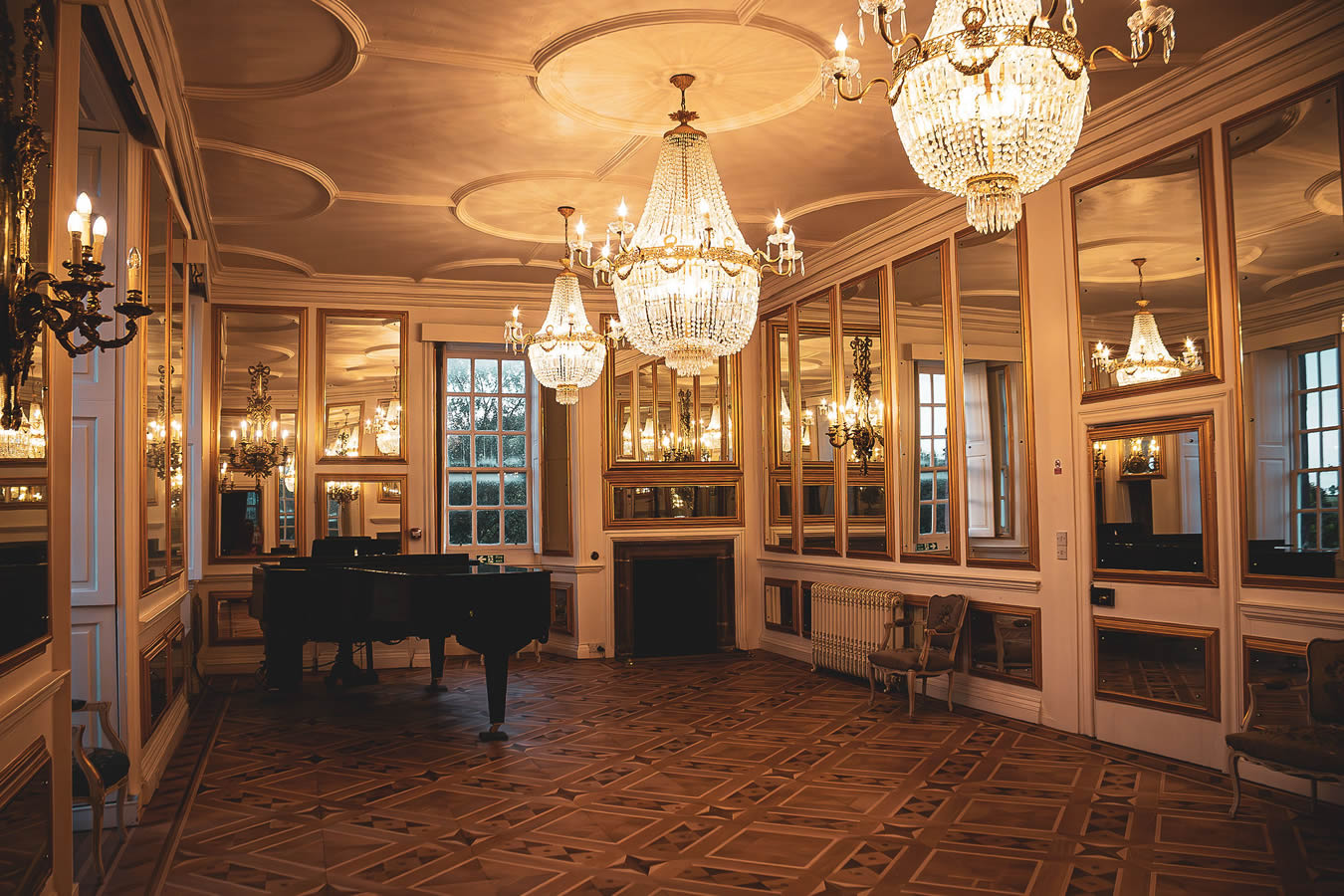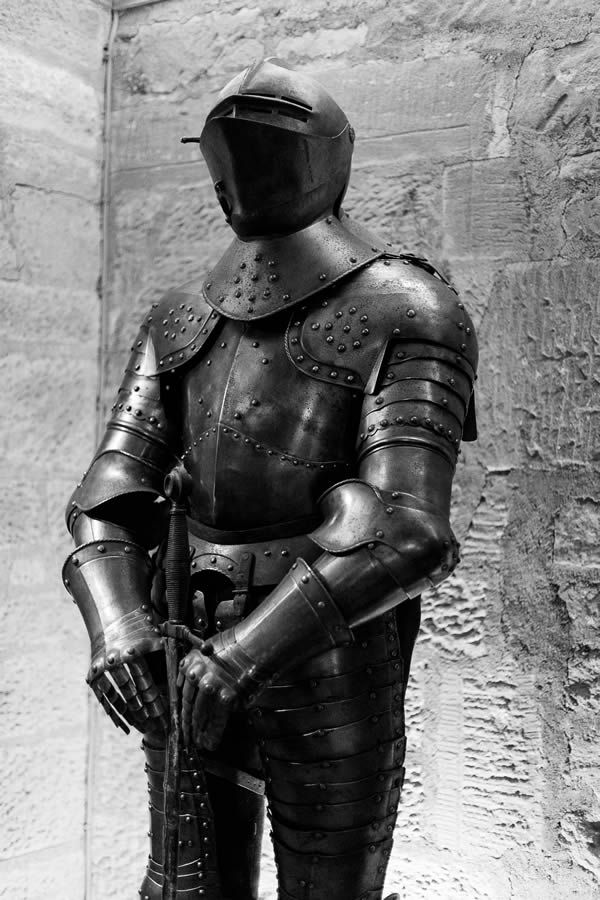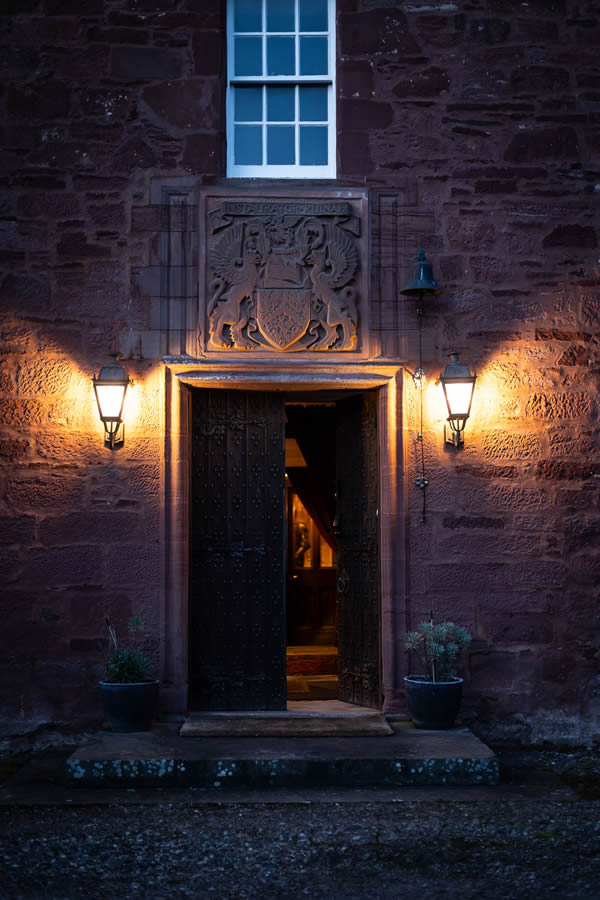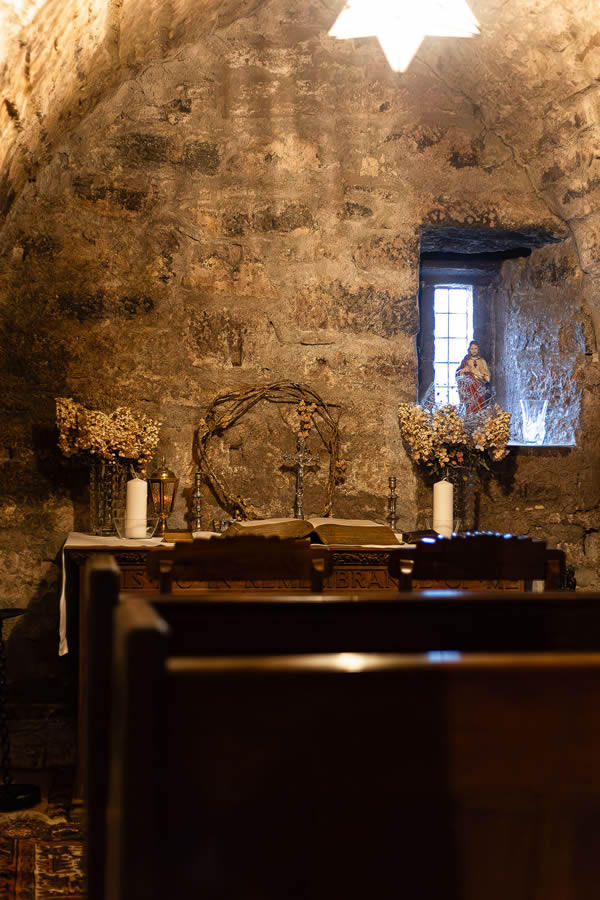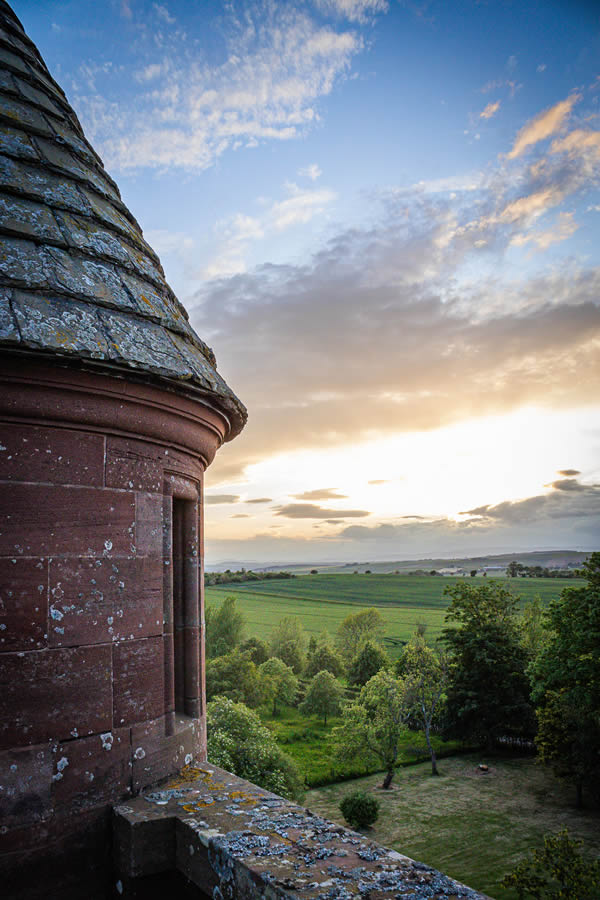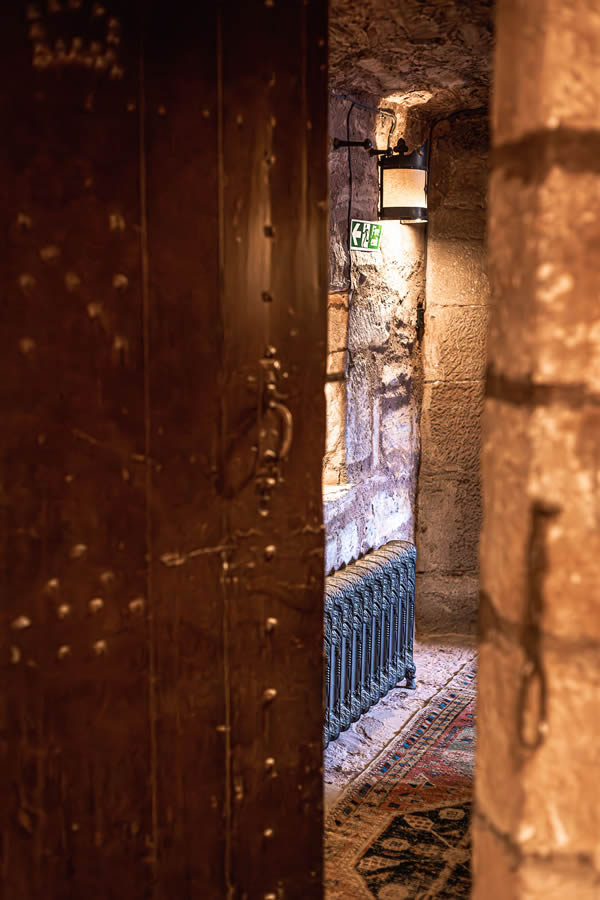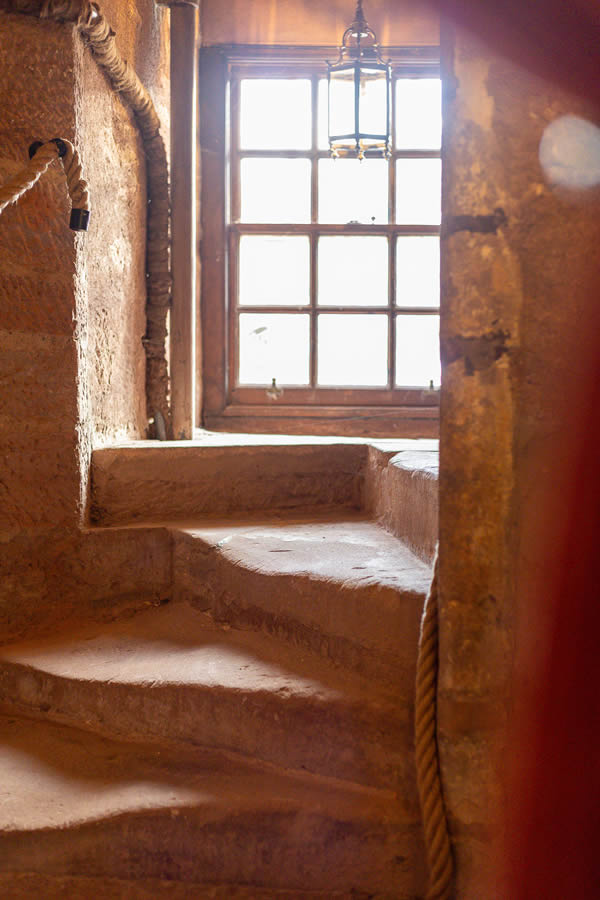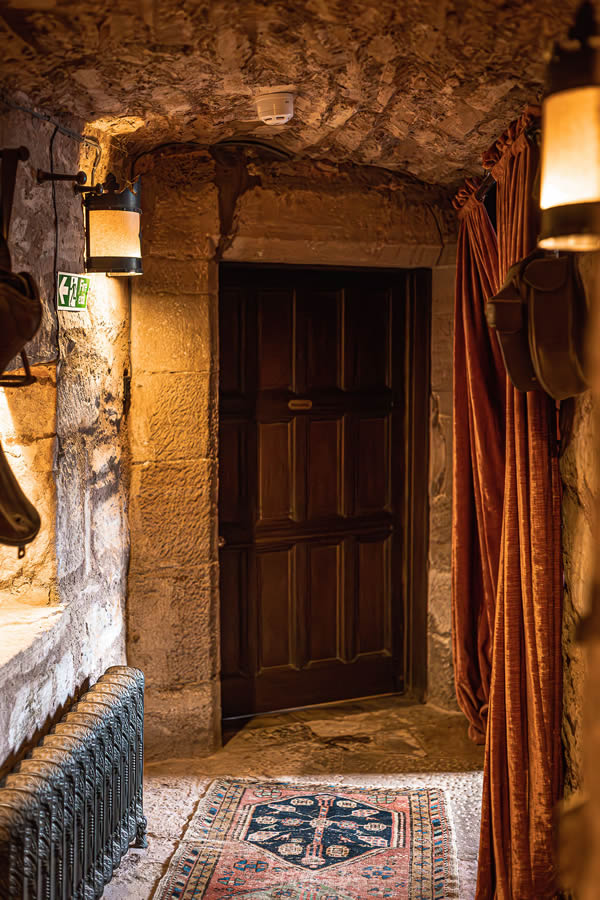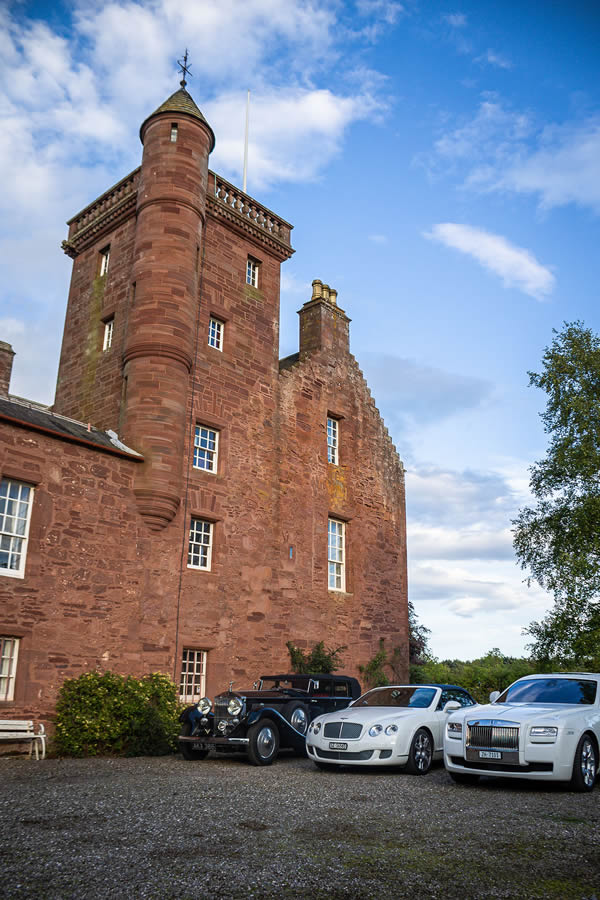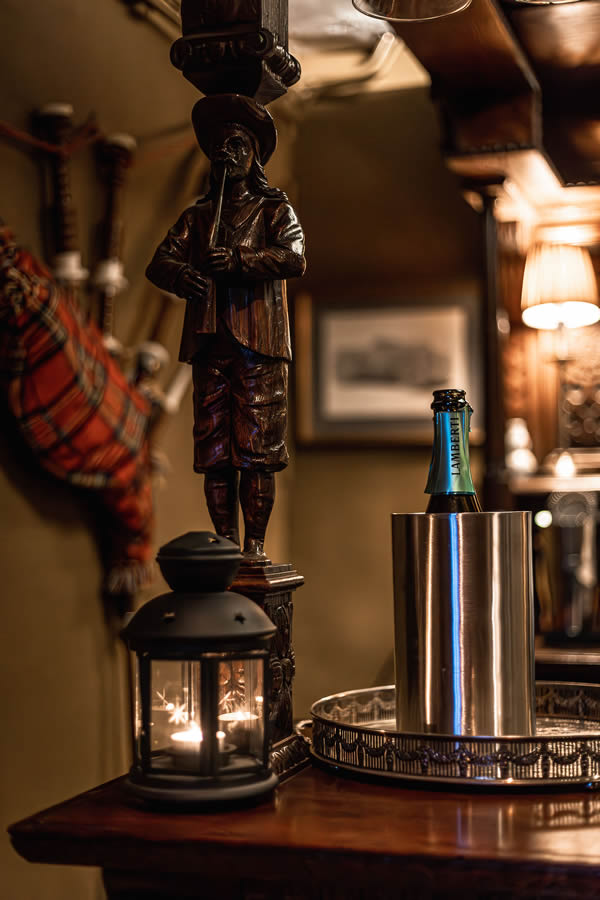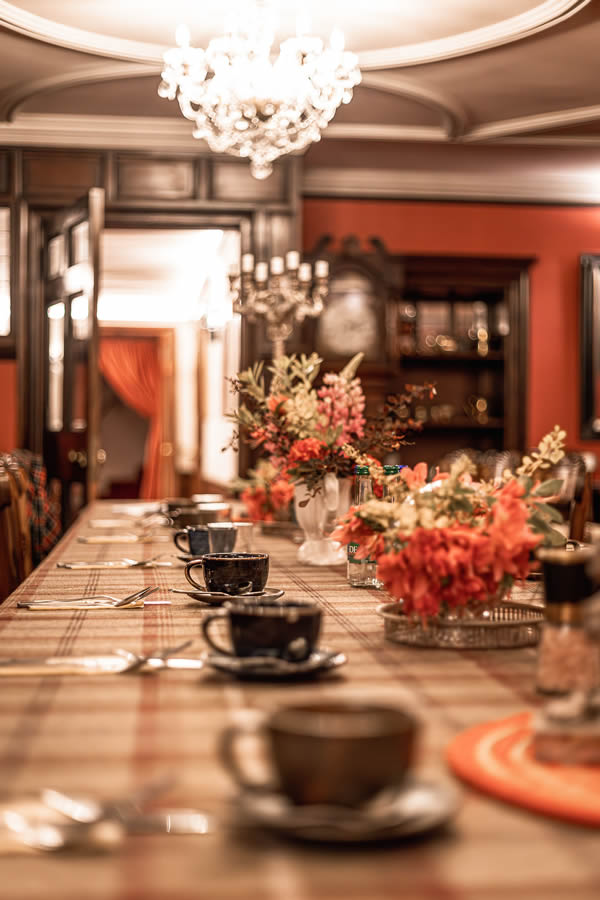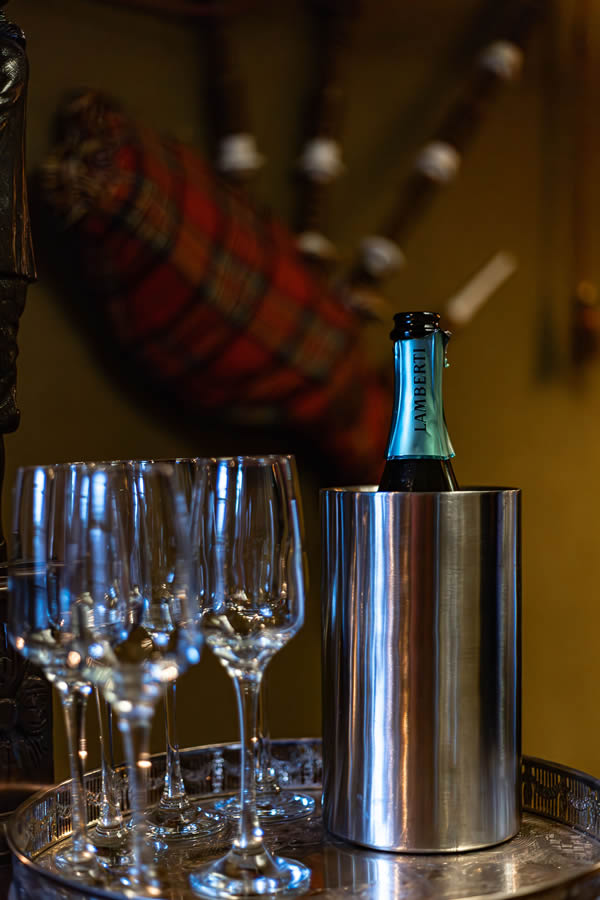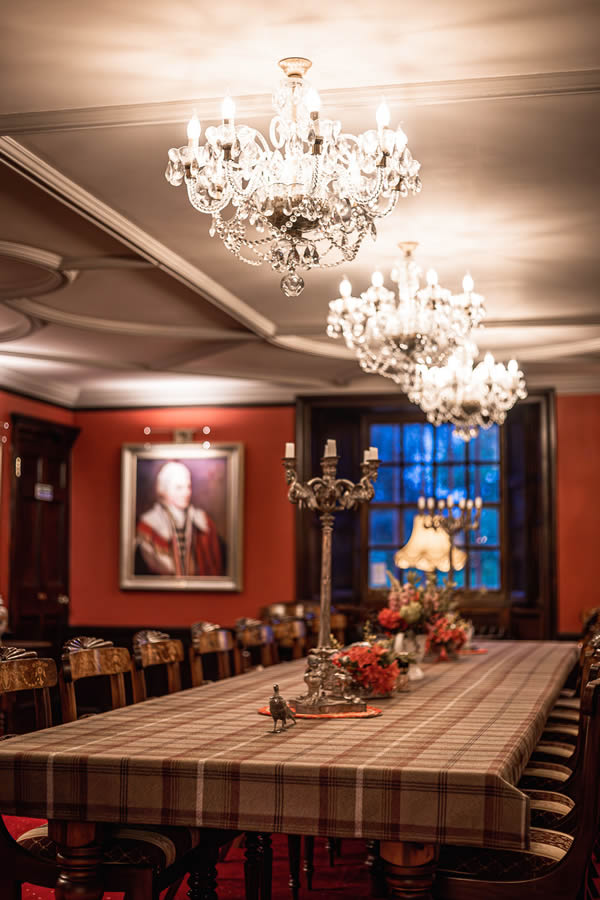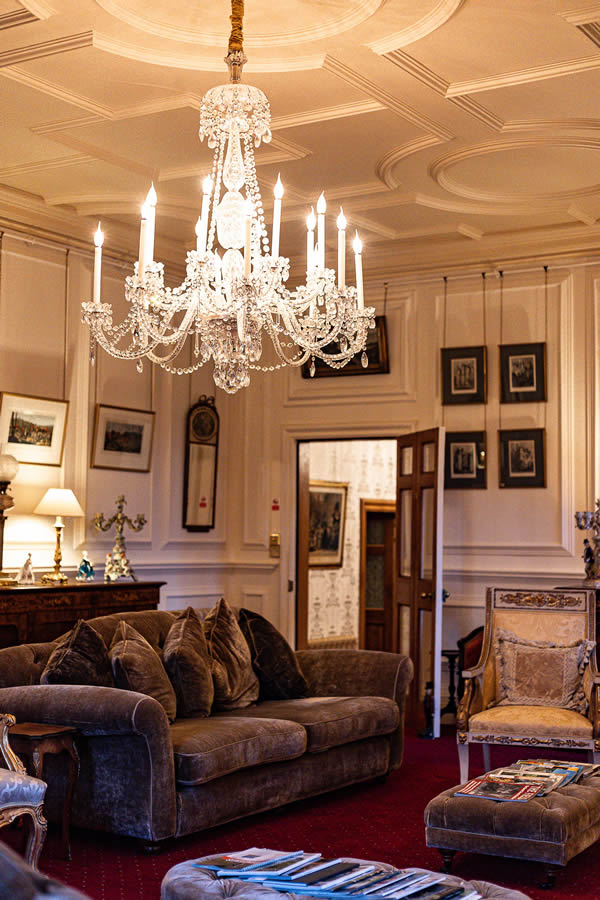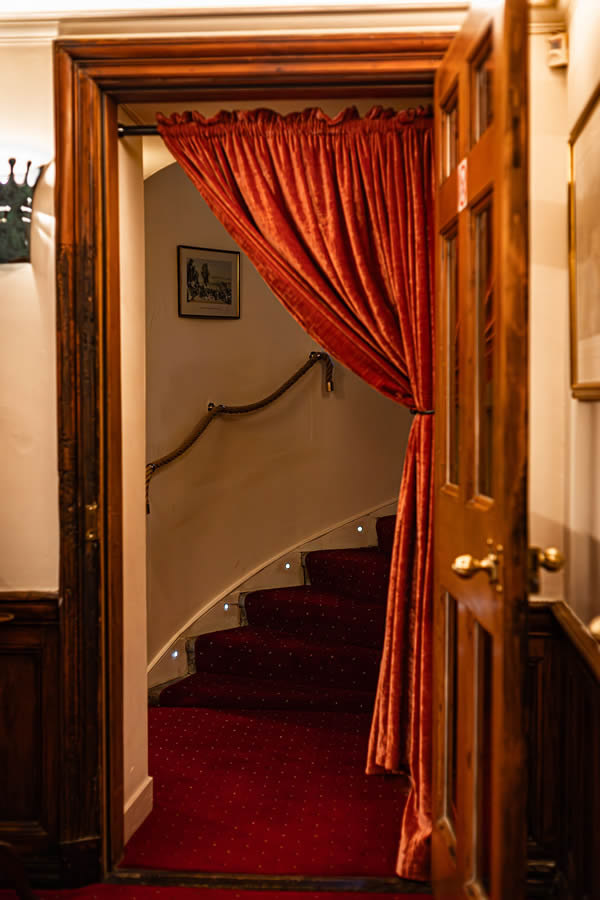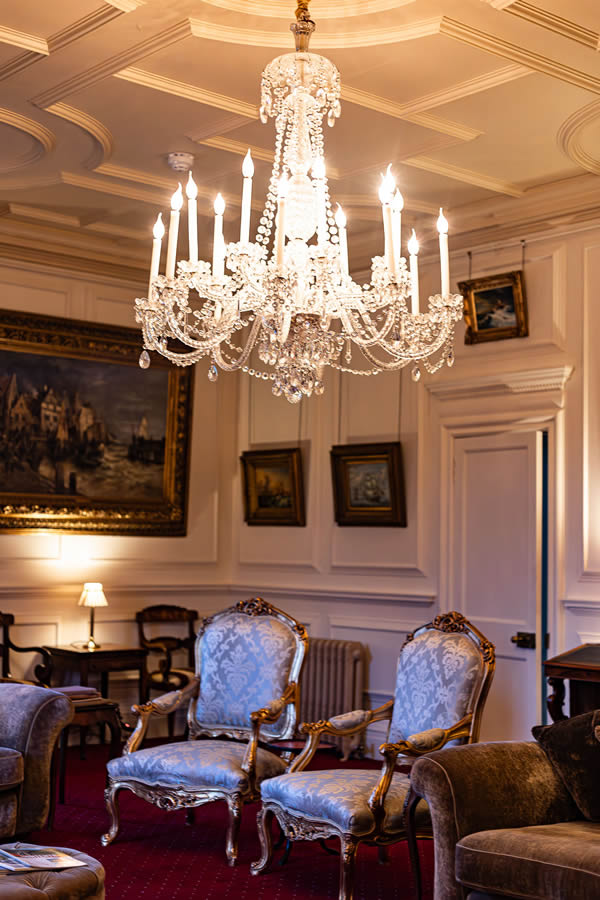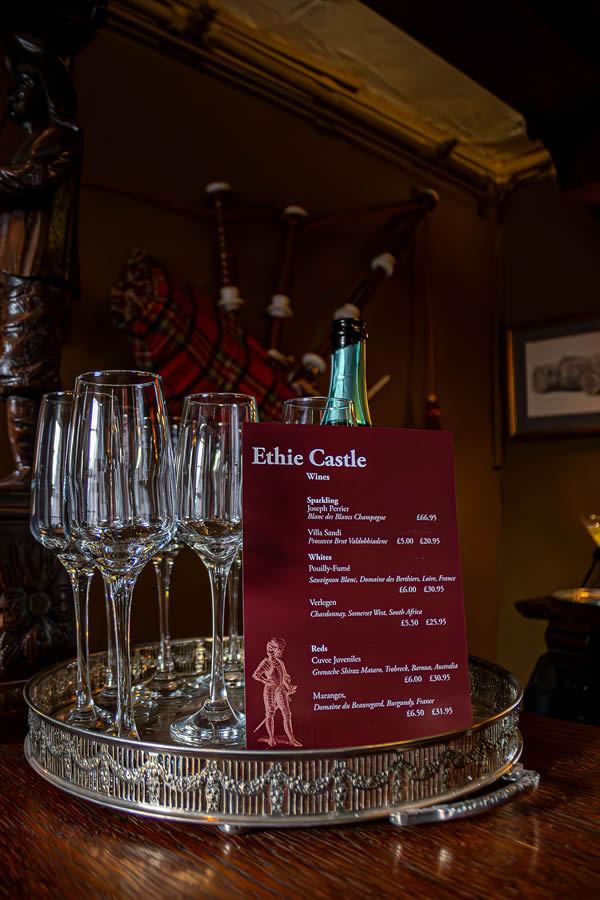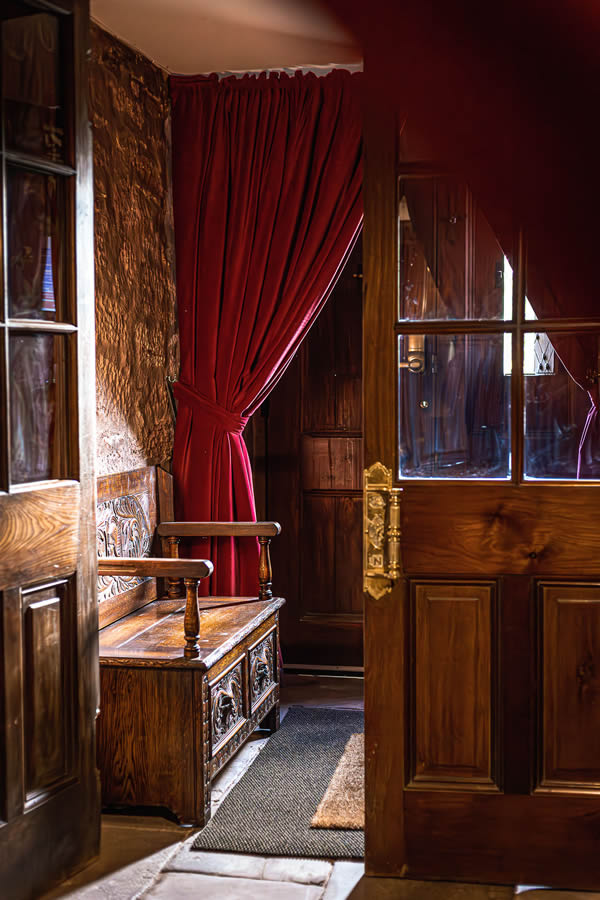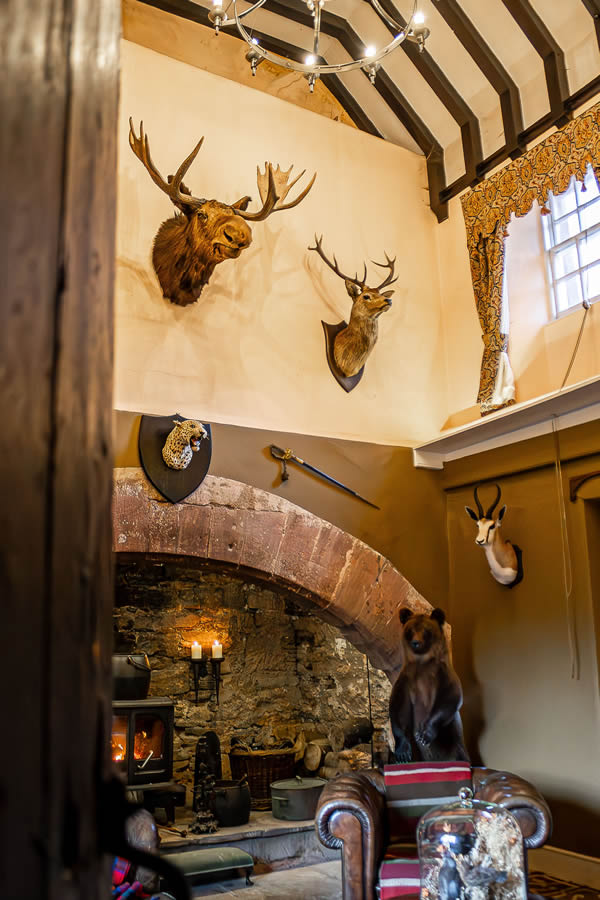Ethie Castle
14th century castle in Inverkeilor
Country Sporting Pursuits
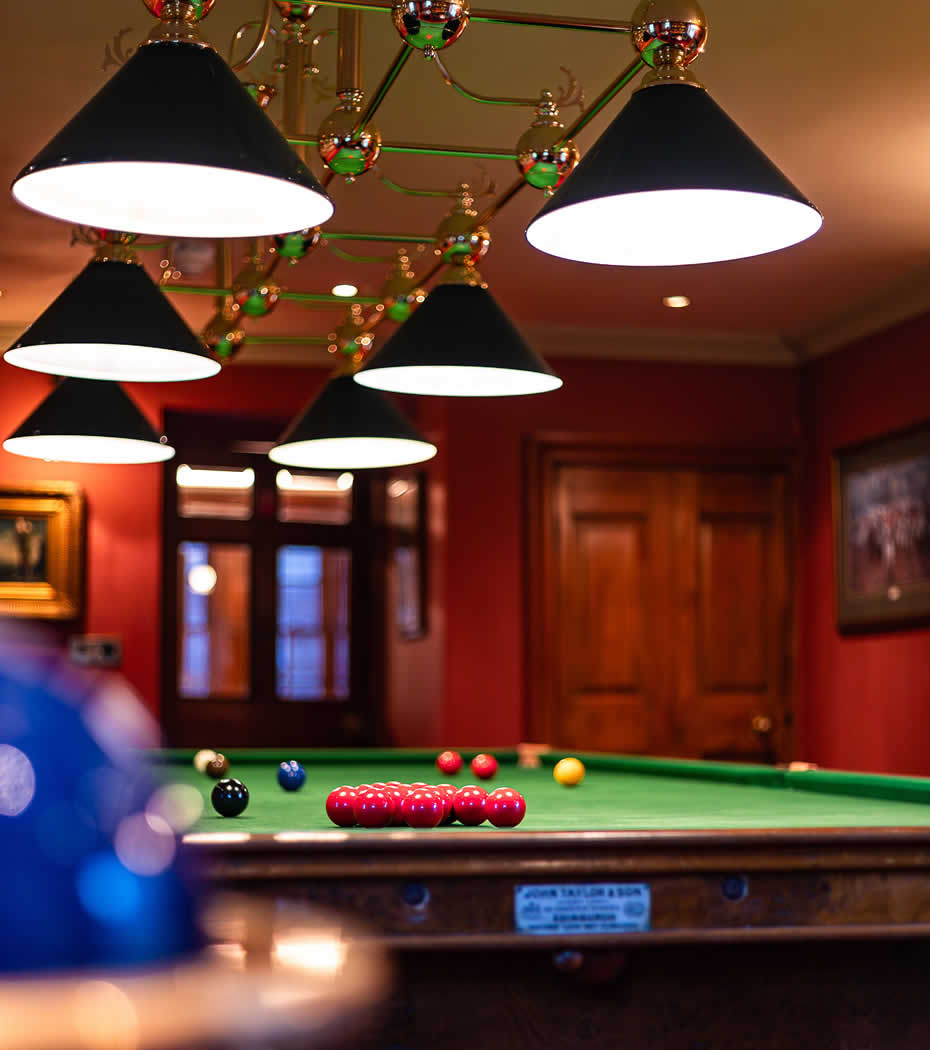
Activities
Boules
Visit to Whisky and Gin Distilleries
Ethie Castle has been available for rent since Summer 2024
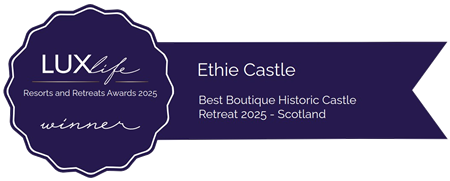
Castle History
The records of the castle go back to the early 13th century. Since the nearby shallow Lunan Bay offered a perfect opportunity for landing, the Vikings are said to have built a house on the site where Ethie was built.
In the 14th century, the monks of the neighboring Arbroath Abbey built a sandstone tower house on the current site of Ethie, where they lived for several years. The de Maxwell family were the first to own Ethie in the years that followed, before the property passed back into the possession of the monks of Arbroath and Scotland’s only and last Cardinal, David Beaton, in 1524. He was living, unmarried, at Ethie Castle at the time with his wife and seven children with the permission of the Pope.
In the 1530s, major extensions were made to the courtyard in preparation for the expected visit of King James V.
Cardinal David Beaton was born in Balfour in Fife in 1494. After studying at the University of Glasgow and St. Andrews, he became a monk at Arbroath Abbey and a member of the Scottish Parliament. In 1539 he became Archbishop of St Andrews.
In 1546, Cardinal Beaton was murdered by Protestants in St Andrews during the Reformation.
It is said that during the Reformation the abbots hid the silver treasure from Arbroath Abbey within the castle walls.
In 1665 Ethie was purchased by the Carnegie family (later the Earls of Northesk). The 7th Earl of Northesk was Vice Admiral under the command of Admiral Lord Nelson at the Battle of Trafalgar in 1805. As a tribute the Earl of Northesk was allowed to include Trafalgar in his armes and this can still be seen in a dormer window in Ethie. In 1927 the castle and grounds were purchased by Glasgow artist and antiques collector William Cunningham Hector. The Cunningham family later moved to South Africa and sold much of the castle’s furniture.
Ethie Castle is said to have been the inspiration for the fictional Castle of Knockwhinnock in Sir Walter Scott’s novel The Antiquary. Sir Walter Scott was a very close friend of William Carnegie, 8th Earl of Northesk, and therefore often stayed at Ethie Castle. A large statue of Sir Walter Scott can be seen in Edinburgh.
After the Cunningham family sold the castle, it passed through many hands.
Thank God the roof of the castle was never destroyed and so it was able to survive a phase when people were not interested in such buildings.
In the 1960s the Forsyth family lived at Ethie. Alistair Forsyth, Chief of the Forsyth Clan, began rebuilding and renovating the castle by carrying out minor renovations. He moved to Newzealand in the 70ths, where he still lives today.
After the Forsyths owned the castle, it was owned by the de Morgan family and was converted into a small B&B hotel with 3 rooms.
Present Day
I bought the castle from the De Morgan family in November 2013.
Among other things, a “hippie family” with monkeys, goats, rats, birds and other wild animals previously lived in the castle – a small tower toilet, for example, was a cage for birds. One current bedroom was a room for the monkeys
The previous owner established Ethie as a small B&B hotel with 3 rooms.
Since purchasing Ethie I have been completely renovating it for 10 years now. We now have 10 rooms, 9 of which have ensuite bathrooms and one with its own bathroom in the hallway. An attached apartment with 2 bedrooms has its own bathroom, kitchen, living room and a separate entrance.
At the same time, I hold the feudal title Earl of Wigtoun, Lord and Baron of Cumbernauld. Like all feudal titles in Scotland, it is registered in the land register and the Barony Register in Edinburgh.
Like many castles, Ethie is also home to castle ghosts. Among others, the ghost of Cardinal Beaten, who was murdered in St. Andrews during the Reformation. There is also a “Grey Lady” and a child, a boy, who pulls a wooden cart behind her.
There are reports of a dragging noise that can be heard in the secret staircase leading to Cardinal Beaton’s private chambers due to his gout in his legs as he walks around Ethie.
Another ghost of a boy who was seen pulling an old wooden cart behind him has only appeared since a hidden room where a boy’s skeleton and a wooden cart were found. Since this secret room was found, strange occurrences have been occurring time and again: for example, a clock would still strike while the pendulum was broken and the winding key was missing.
Like many other Scottish castles, Ethie also has a “Grey Lady” who appears in the walled garden.

